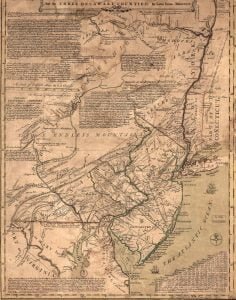New York as a Social Center
The women who, both at home and abroad, are regarded as the leaders of American society in these last days of the century are or have been, almost without exception, at some time in their career identified with New York. Though there is no city in the United States that fills the central position which Paris holds in reference to all France, and which London occupies, at least socially, in England, the geographical position of New York, to a nation whose progressive spirit inspires it with a keen interest in the doings of the entire world, has given it a … Read more




